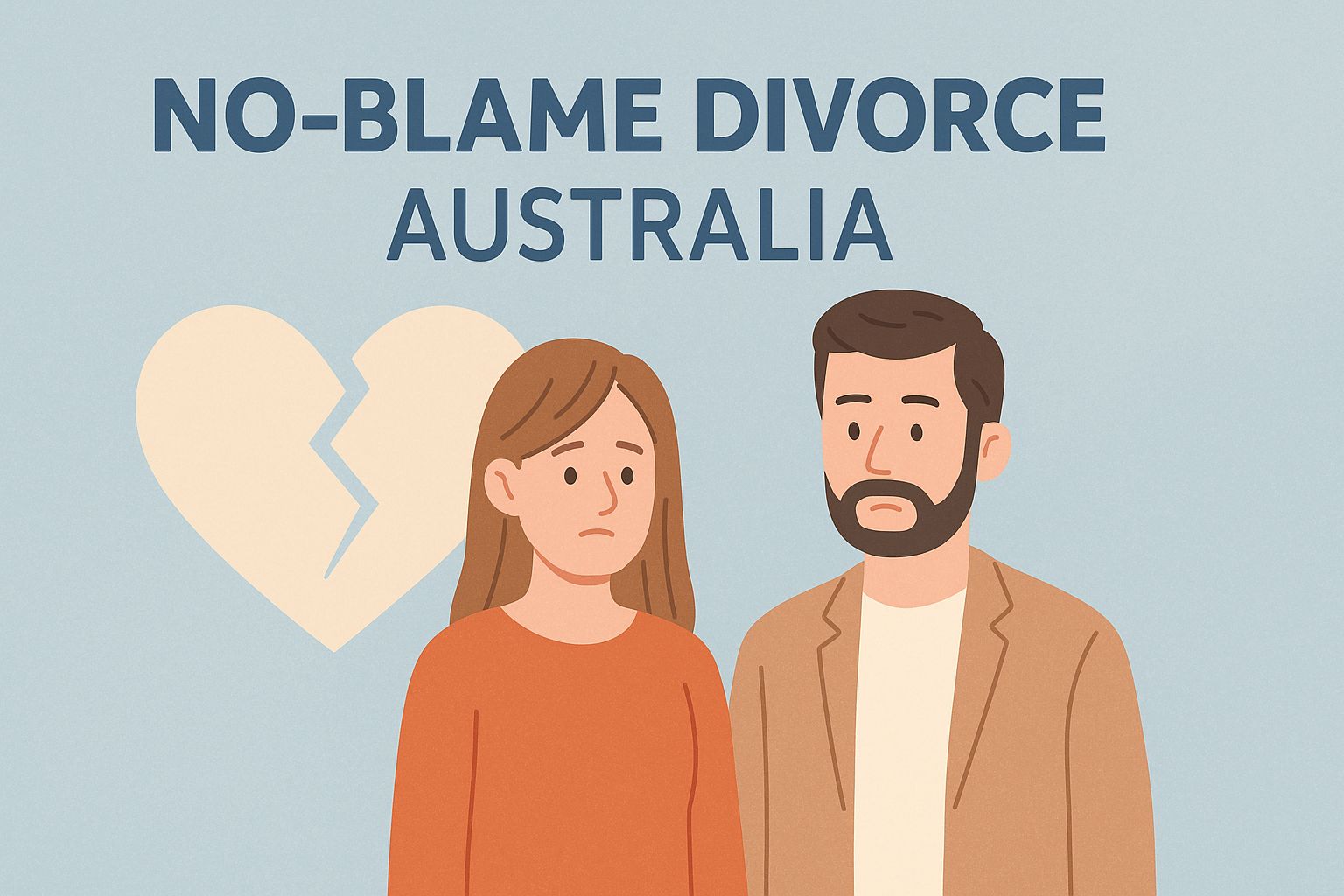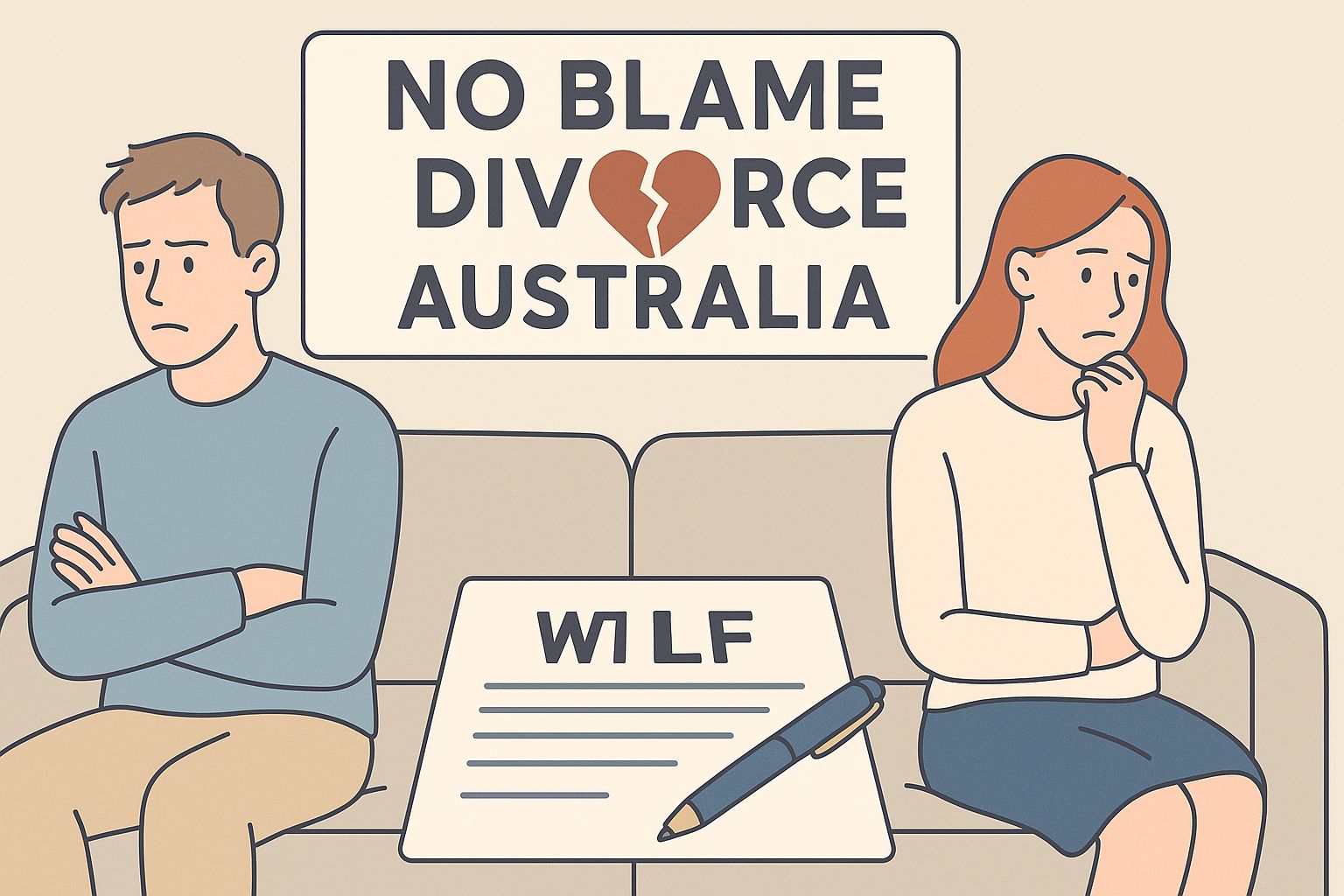No Blame Divorce: A Compassionate Approach

Divorce can be one of the most challenging experiences in life, not just for the couple but also for their families. The dissolution of a marriage often brings about emotional turmoil, legal complexities, and significant life changes. The legal system has evolved over time to accommodate more compassionate ways of handling divorce, aiming to reduce the associated stress and conflict. One such approach is the "no blame divorce," also known as no-fault divorce. This method allows couples to separate without assigning blame for the breakdown of the marriage, thereby fostering a more amicable environment. This article will explore what no blame divorce means, how it works, and its benefits, as well as the challenges it may present.
1. Understanding No Blame Divorce
No blame divorce, or no-fault divorce, is a legal process that allows a couple to end their marriage without the need to prove wrongdoing by either party. This concept was introduced to streamline the divorce process and reduce the emotional strain associated with proving fault. Instead of needing to demonstrate fault, such as adultery or cruelty, the couple can simply state that the marriage has irretrievably broken down. This shift represents a significant change in societal attitudes towards divorce, recognizing that relationships can end for a variety of reasons that do not involve misconduct. For more on family law, visit Family Law Section.
2. The Difference Between Fault and No Fault Divorce
Traditionally, divorces required one partner to prove that the other was at fault for the marriage's end. This often led to prolonged legal battles and emotional distress, as couples were forced to publicly air their grievances in court. The adversarial nature of fault-based divorces could exacerbate tensions and make it more difficult for couples to reach amicable agreements. In contrast, no fault divorce eliminates the need for blame, offering a more straightforward and less adversarial path to separation. This not only simplifies the legal process but also helps preserve dignity and respect between the parties involved. Learn more about divorce processes at Family Court of Australia.
3. No Fault Divorce in Australia
Australia is a pioneer in implementing no fault divorce, having adopted this system in 1975 with the Family Law Act. This landmark legislation marked a progressive step towards modernizing the divorce process and aligning it with contemporary social values. Under this law, the only ground for divorce is the irretrievable breakdown of the marriage, demonstrated by a 12-month separation period. This approach reflects a societal shift towards recognizing that not all marriages end due to wrongdoing, and it allows for a more humane and understanding resolution to marital breakdowns. The success of this system in Australia has influenced other jurisdictions to consider similar reforms. For details, refer to Australian Law Reform Commission.
4. How No Blame Divorce Works
The process of obtaining a no blame divorce varies by jurisdiction, but the fundamental principles remain the same. Here’s a typical process:
Filing a Petition: One or both parties file a petition for divorce, stating that the marriage has irretrievably broken down. This initial step sets the legal process in motion and formalizes the couple's intention to separate.
Separation Period: The couple must usually live apart for a specific period, often 12 months, to demonstrate the marriage is beyond repair. This period serves as a cooling-off phase, allowing both parties to reflect on their decision and prepare for the future.
Legal Proceedings: During this time, legal proceedings may address issues such as property division, child custody, and support arrangements. These negotiations are crucial for ensuring that both parties' rights are protected and that fair agreements are reached.
Finalizing the Divorce: Once the separation period is complete and all matters are resolved, the court can issue a divorce decree. This final step legally dissolves the marriage, allowing both individuals to move forward with their lives.
For a detailed guide, visit Federal Circuit and Family Court of Australia.
5. Benefits of No Blame Divorce
No blame divorce offers several advantages over traditional fault-based divorces:
Reduced Conflict and Stress: By removing the need to assign blame, no blame divorce reduces conflict between parties. This can lead to a more amicable separation process, minimizing stress and emotional turmoil for everyone involved. Explore conflict resolution at Family Relationships Online.
Faster and More Efficient: Without the need to prove fault, the divorce process can be quicker and more efficient. This allows both parties to move on with their lives sooner, reducing the time spent in legal limbo. For efficiency tips, see Queensland Government.
Focus on Resolution: No blame divorce encourages couples to focus on resolving practical matters such as property division and child custody, rather than dwelling on past grievances. Learn about mediation at Law Institute of Victoria.
Better for Families: A less adversarial process is often better for children and extended family members. By reducing conflict, parents can work together more effectively to support their children's needs post-divorce. For family support, visit Services Australia or Federation of Community Legal Centres.
Table: Benefits of No Blame Divorce
| Benefit | Impact |
|---|---|
| Reduced Conflict | Minimizes stress and promotes amicable separation. |
| Faster Process | Allows quicker resolution, reducing legal limbo. |
| Resolution Focus | Prioritizes practical solutions like custody agreements. |
| Family-Friendly | Supports healthier dynamics for children and families. |
For legal support, visit Legal Aid NSW.
6. Challenges and Considerations
While no blame divorce offers many benefits, it’s important to consider potential challenges:
Emotional Impact: Even without blame, divorce can be an emotionally challenging experience. Couples may need support to navigate grief, loss, and identity redefinition. Find counseling resources at Relationships Australia.
Legal and Financial Implications: Legal advice is crucial to ensure fair asset division and child arrangements. Financial implications, like property division, can have long-term effects. For financial planning, see MoneySmart or Australian Taxation Office. For regional guidance, visit South Australia Government.
7. Real-Life Example: Navigating a No Fault Divorce
Consider the story of Jane and Tom, who decided to part ways after realizing their life goals had diverged. Choosing a no blame divorce allowed them to focus on amicably resolving their financial matters and co-parenting their children. By prioritizing open communication and mutual respect, they successfully transitioned to their new lives while maintaining a positive relationship for the sake of their kids. Their experience highlights the potential for no blame divorce to facilitate constructive dialogue and foster cooperation. For co-parenting tips, visit Family Relationships Online.

8. Frequently Asked Questions About No Blame Divorce
A no blame divorce, or no-fault divorce, allows couples to end their marriage without proving wrongdoing, citing irretrievable breakdown after a 12-month separation.
It typically requires a 12-month separation period, followed by court processing, which can take a few months depending on case complexity.
While not mandatory, a lawyer ensures fair asset division and custody arrangements. Consult Law Society of NSW for professionals.
No, the Family Law Act requires a 12-month separation to prove irretrievable breakdown, except in rare circumstances.
It reduces conflict, fostering better co-parenting and healthier family dynamics. Support resources are available at Family Relationships Online.
9. Conclusion
No blame divorce represents a compassionate and modern approach to ending a marriage. By removing the need to assign fault, this process reduces conflict, promotes efficiency, and supports healthier family dynamics. While challenges remain, the benefits of a more harmonious divorce process are significant. Whether you’re considering a no blame divorce or supporting someone who is, understanding the process and its advantages can help navigate this life transition with empathy and clarity.
Remember, even in the most amicable separations, seeking legal advice is vital to ensure that all aspects are handled fairly and thoroughly. For additional resources, explore NSW Government, Victoria Government, Queensland Law Society, or Legal Ombudsman Victoria.
AHL Legal: Your Family Law Partner
Need assistance with a no blame divorce or family law matters? AHL Legal specializes in Australian family law, offering expert guidance on divorce, property division, and child custody.
Navigate Your Divorce with Compassion
Divorce is a significant life transition, but with the right approach and support, you can achieve a fair and amicable resolution.
Whether you’re pursuing a no blame divorce, negotiating child custody, or dividing property, AHL Legal is here to provide expert guidance.
✅ AHL Legal: Your Trusted Family Law Partner
At AHL Legal, we specialize in family law, offering compassionate and professional support for divorce and related matters. Our team ensures your rights are protected and your future is secure.
👉 Contact AHL Legal for a confidential consultation or call 1300 91 66 77.
🌐 Visit our website: www.ahllegal.com



 1300 91 66 77
1300 91 66 77







 HOME
HOME


